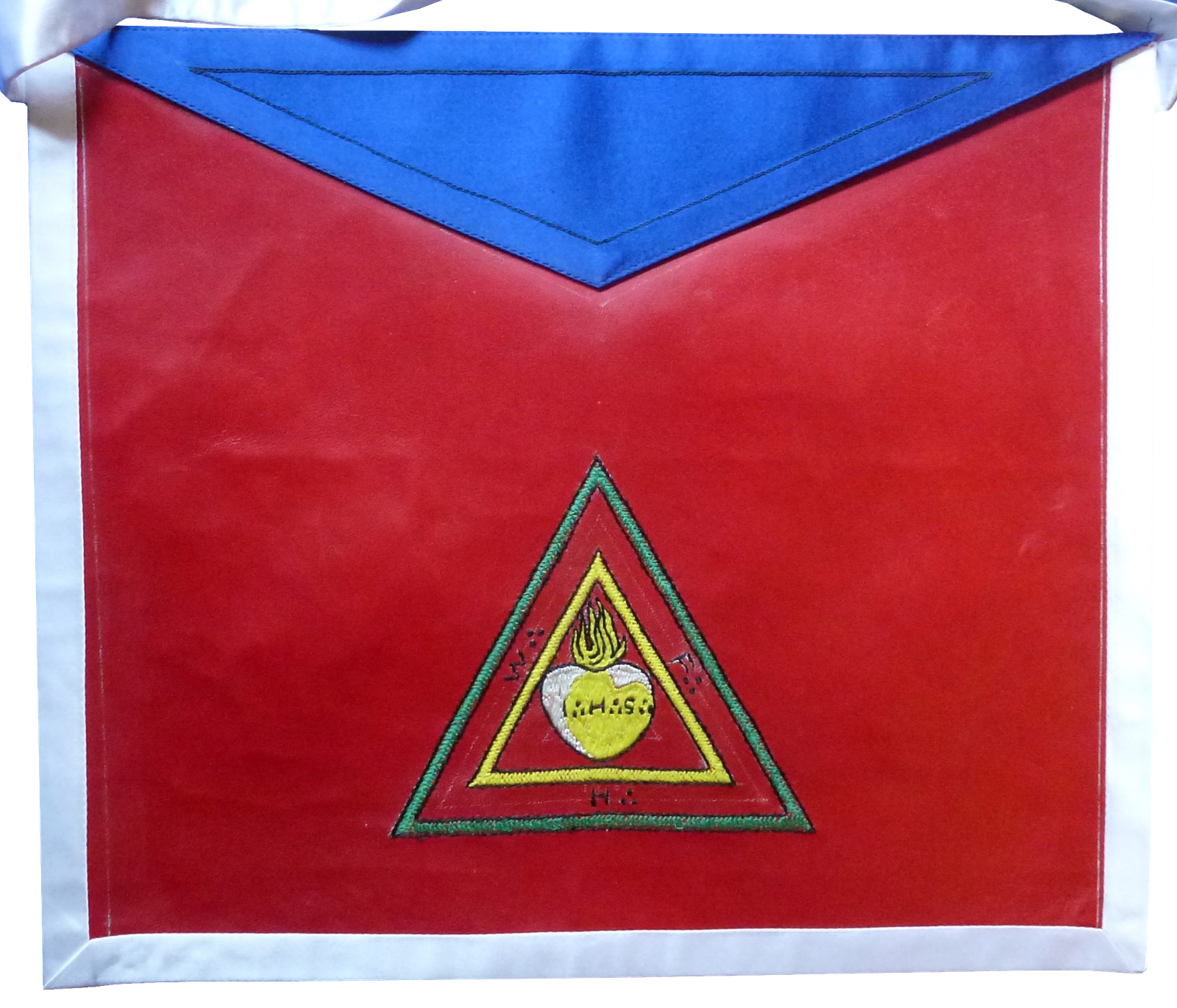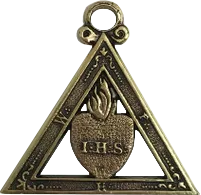ANCIENT & ACCEPTED Scottish rite: 26th° DEGREE – Prince of Mercy
In Summary:
The 26th degree “Prince of Mercy” in the southern jurisdiction of the Scottish rite is a degree that emphasizes the importance of forgiveness and mercy. It teaches the necessity of reformation and repentance as a means of obtaining mercy and forgiveness. The degree also focuses on the explanation of the symbols of Freemasonry, particularly those that are connected to the ancient and universal legend of the Divine Word. The degree is philosophical and moral in nature. The Book of the Ancient Accepted Scottish Rite. of Freemasonry (1884) By: Charles T. McClenechan. 26th Degree: Prince of Mercy, describes the teaching of this degree as that the Divine Word is not limited to Christianity but is also foreshadowed in other religious figures such as Chrishna and Sosiosch, in Mithras and Osiris.
Initial Note:
In this degree, we search for “the rewards of the trinity of God’s attributes – wisdom or intelligence, force or strength, harmony or beauty.”
Regalia Notes:
The apron is scarlet, with a wide border of white. In the center is an equilateral triangle formed of green bars. In the center of this is the jewel, embroidered in gold. The flap is sky-blue. The colors green, red, and white symbolize the Masonic Trinity.
Green is an emblem of infinite wisdom; red of the supreme energy, force, or power; and white, produced by the mingling of all colors, of the divine harmony.
The cordon is a broad tri-colored ribbon, green, white, and red, worn from right to left. The jewel is an equilateral triangle, of gold bars, with a flaming heart of gold in the center.
On the heart are the letters ‘I’, ‘H’, ‘S’; and on the respective sides of the triangle ‘W’ on the right, ‘F’ on the left, and ‘H’ at the bottom. This jewel is suspended from a small collar of a narrow, watered purple ribbon and hangs on the breast.
The last three letters stand for wisdom, force, and harmony; the first three are traditional Christian initials for Iesus Hominum Salvator (the letters ‘J’ and ‘I’ are interchangeable in Latin) but which may also be read as Sapientia, Imperium, Harmonia. Thus, their Masonic meaning is the same meaning as the three upon the bars.
Duties are:
• Practice mercy (forgiveness).
Be tolerant. Be devoted to the teaching and diffusion of the true principles of Masonry.
For Reflection:
• “What is truth?” (Pontius Pilate, John 18:38)
Lessons:
• The trinity of Deity belongs to no single religion. The truths of Masonry are contained within the religions of the world.
Important Symbols:
• The numbers 3 and 9, triple interlaced triangle (9 pointed stars), arrow, tessera or mark, the colors red, green, and white.
Additional Notes:
In the old rituals, this degree was also called Scottish Trinitarian. This older version was heavily modified by Pike who reduced the emphasis on the Old Testament and Hermetic philosophy, expecting its recipients to study the Legenda. Although criticized by some for the modifications he made to the old rituals, Pike’s changes were welcomed by Albert Mackey as an improvement and resulted in an enticing degree.
The Mysteries studied thus far have not addressed Christianity. History informs us that the early Christians also disseminated their great truths through initiation in stages or degrees. They were forced to hold meetings and initiations in private places surrounded by great secrecy. We know that the labyrinth of catacombs under Rome provided a place for conveying these Christian Mysteries to the worthy. The catacombs are underground passages and galleries, probably resulting from the excavation of rock for building. They were also used for burial tombs.
Three classes of initiates existed” the first, the Auditors, were novices who were instructed in the dogma of Christianity; the second, the Catechumens, received baptism’ and the third, the Faithful, were taught the profound Mysteries, such as the nativity, passion, and resurrection of Christ, in a celebration called the Mass of the Faithful.
The candidate represents a Catechumen who seeks to become one of the Faithful. He assumes the name Constans; which means “constant, steady, faithful, resolute”. History also provides us with additional information to better understand this degree. Constans was the name of the Roman emperor from 337 to 350 A.D. and an ardent Christian. Unlike his father Constantine the great, Constans was a vigorous opponent of Arianism, a sect of Christianity that questioned the divinity of Christ. Constans supported the Nicene Creed developed in 325 A.D. which recognized as official doctrine the belief that Christ was the Son of God and fully divine. It also propounded the concept of the Trinity in Christianity.
This historical parallel is not intended to suggest those not of the Christian faith should exclude themselves from this degree, for its purpose is to teach the universality of many of the doctrines and beliefs of Christianity. The Christian can only have his faith strengthened by the knowledge of the ancient wisdom contained in Christianity. The non-Christian should desire knowledge of other faiths and what they teach; from such knowledge comes tolerance and understanding.
Sources:
Purchase ‘A Bridge To Light‘ by Rex R. Hutchens
Purchase ‘Morals & Dogma‘ by Albert Pike.
Additional Source:
Purchase ‘The Book of the Ancient and Accepted Scottish Rite of Freemasonry’ by Charles T. McClenachan.

‘Prince of Mercy’
Please view the video on the left, for a more detailed explanation of the 26th° Degree.



